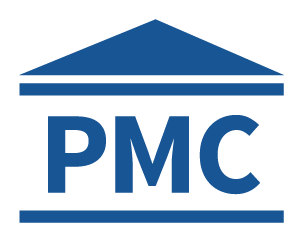D
Deleted member 34054
Bronze
- Joined
- Aug 7, 2023
- Posts
- 250
- Reputation
- 252
Introduction
Growth plates, or epiphyseal plates, are essential for bone growth. The chondrocytes in these plates undergo stages of proliferation, hypertrophy, and apoptosis, all regulated by GH, IGF-1, testosterone, and estrogen. This review delves into how these hormones affect chondrocyte activity and why growth plates close, ending height growth.Mechanisms of Chondrocyte Regulation
Chondrocytes in growth plates go through a cycle: they divide in the proliferative zone, enlarge in the hypertrophic zone, and die off to be replaced by bone in the ossification zone. GH and IGF-1 are crucial for these processes, promoting division, enlargement, and bone formation. This cartilage-to-bone replacement, known as endochondral ossification, is vital for height growth during childhood and adolescence .Pubertal Changes and Growth Plate Senescence
During puberty, typically between ages 15-19 in developed countries and 12-15 in less developed ones, growth accelerates but then slows as chondrocytes become less responsive to growth signals. Environmental and genetic factors cause faster telomere shortening, making chondrocytes more prone to aging and apoptosis, leading to growth plate closure and the end of height increase .Pathways Influencing Chondrocyte Response
The STAT and PI3K-Akt pathways are key for GH and IGF-1 signaling in chondrocytes. However, these pathways become less effective as chondrocytes age. Therefore, giving GH to older individuals doesn’t have much effect, similar to trying to revive a barren field with water .Role of Estrogen and Androgens in Growth Plate Closure
Estrogen is crucial for growth plate closure, binding to receptors on chondrocytes and promoting their maturation and ossification. Some propose using letrozole, an aromatase inhibitor, to keep growth plates open by reducing estrogen. However, this can increase testosterone and dihydrotestosterone (DHT), which also bind to androgen receptors on chondrocytes and promote ossification .Discussion
While letrozole might delay growth plate closure, it doesn’t guarantee additional height growth. Mature chondrocytes don’t respond well to GH, making significant height increase unlikely. Using GH after puberty won’t yield much growth and can lead to issues like insulin resistance .Conclusion
Using GH and IGF-1 to boost height after puberty is ineffective due to the natural aging of chondrocytes and the closure of growth plates. Letrozole may delay closure but doesn’t ensure extra height growth. Future research should focus on understanding chondrocyte aging and finding ways to improve their responsiveness during key growth periods.References
- Baron, J., et al. (2006). The Growth Plate. Journal of Endocrinology, 189(1), 27-40. Link
- Lui, J.C., et al. (2019). Biological parameters of the human growth plate. Journal of Biological Chemistry, 294(24), 9137-9148. Link
- Nilsson, O., et al. (2015). Evidence that estrogen hastens growth plate senescence. Journal of Molecular Endocrinology, 54(1), 61-69. Link
- Hiyama, A., et al. (2021). Growth plate senescence and epiphyseal fusion: Mechanisms and implications. Frontiers in Endocrinology, 12, 705. Link
- Tian, J., et al. (2019). Molecular mechanisms of endochondral ossification and its role in skeletal diseases. Journal of Molecular Endocrinology, 62(2), 1-14. Link








